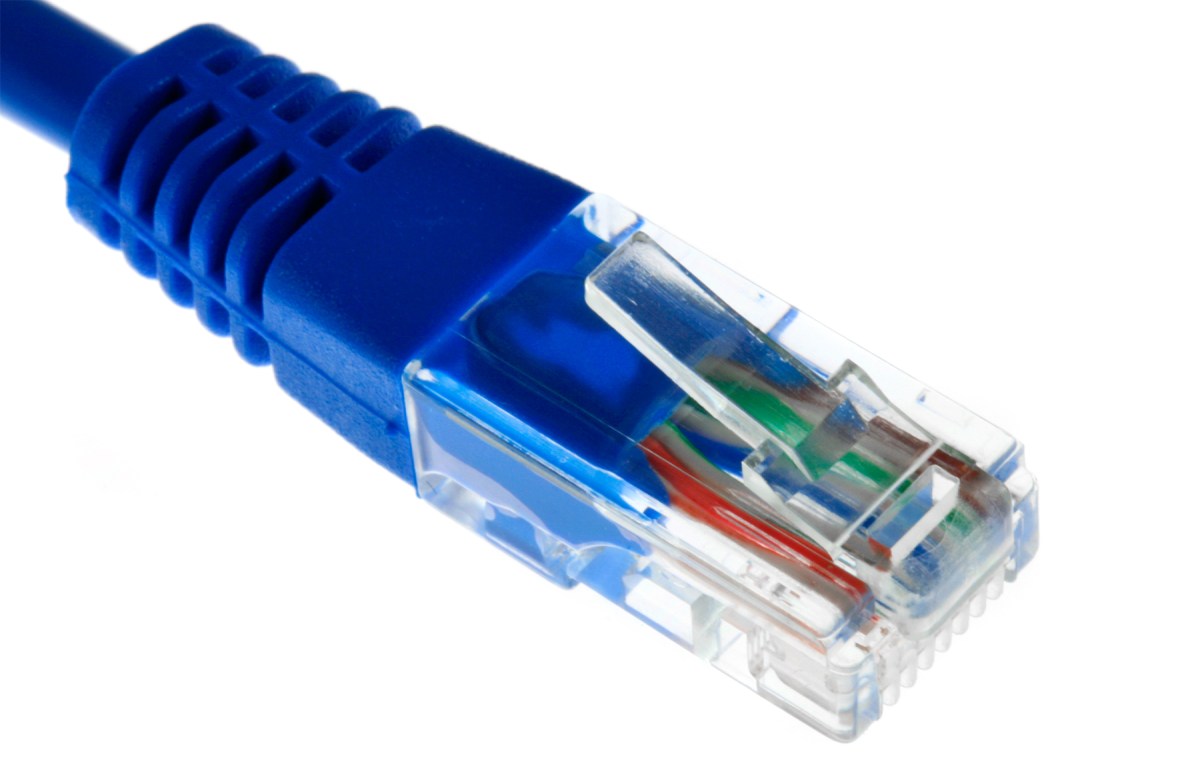Re-wiring a 4 story courthouse.
Wiring project for a courthouse


Re-wiring a 4 story courthouse.

#routingrf #wirelesswithwires #j2sw







The new ANSI/TIA-568.2-D cabling standard which now allows for the use of 28 AWG patch cords. What does this mean and how does it affect you? Read this article from Fluke networks.
Number one takeaway.
-Recommended length no more than 15 meters. This means it is great for dense racks and patch panels.
http://www.flukenetworks.com/blog/cabling-chronicles/skinny-28-awg-patch-cords

One of the most common questions is how much overhead do I need to account for on my transport network? I have put together a quick list to help when you are calculating your overhead.
-GRE (IP Protocol 47) (RFC 2784): 24 bytes (20 byte IPv4 header, 4 byte GRE header)
-6in4 encapsulation (IP Protocol 41, RFC 4213): 20 bytes
-4in6 encapsulation (e.g. DS-Lite RFC 6333): 40 bytes
Addition IPv4 header:20 bytes
-IPsec encryption:
73 bytes for ESP-AES-256 and ESP-SHA-HMAC overhead (overhead depends on transport or tunnel mode and the encryption/authentication algorithm and HMAC)
-MPLS: 4 bytes for each label in the stack
-802.1Q tag: 4 bytes
Q-in-Q: 8 bytes
-VXLAN: 50 bytes
-OTV: 42 bytes
Some rules of thumb when setting MTUs. You won’t get fragmentation if your L2 MTU is higher than your L3 MTU. This is just not the setting, but the actual overhead in use. Just setting it to a number doesn’t necessarily make it right. The above list will help you calculate the minimum MTU you may need. I try to get gear that supports a 1548 MTU and set everything to that. Makes it simple. I still want to know how much MTU I am utilizing because it helps me validate my designs.
The most important rule of thumb is you won’t get fragmentation if your l3 MTU is less than your L2 MTU.
As some of you reading this dive into metro ethernet you should know some terminology
• User-Network Interface (UNI): The UNI is a physical Ethernet port on the service provider side of the network along with a predefined set of parameters to provide data, control and management traffic exchange with the end-customer CPE device. The customer CPE device can be a Layer 2 Ethernet switch, Layer 3 routing node or some of LTE nodes.
• Network-to-Network Interface (NNI): NNI is represented by the physical Ethernet port on the service provider access node that is used to interconnect two Ethernet MANs of two different service providers. We are also using E-NNI as a reference point for the interconnection of Layer 2 MAN service with Layer 3 service nodes—the provider edge router (PE), a broadband network gateway (BNG), vertical handover (VHO), etc—in the provider network.
• Ethernet Virtual Connection (EVC) is the architecture construct that supports the association of UNI reference points for the purpose of delivering an Ethernet flow between subscriber sites across the MAN.
You must be logged in to post a comment.